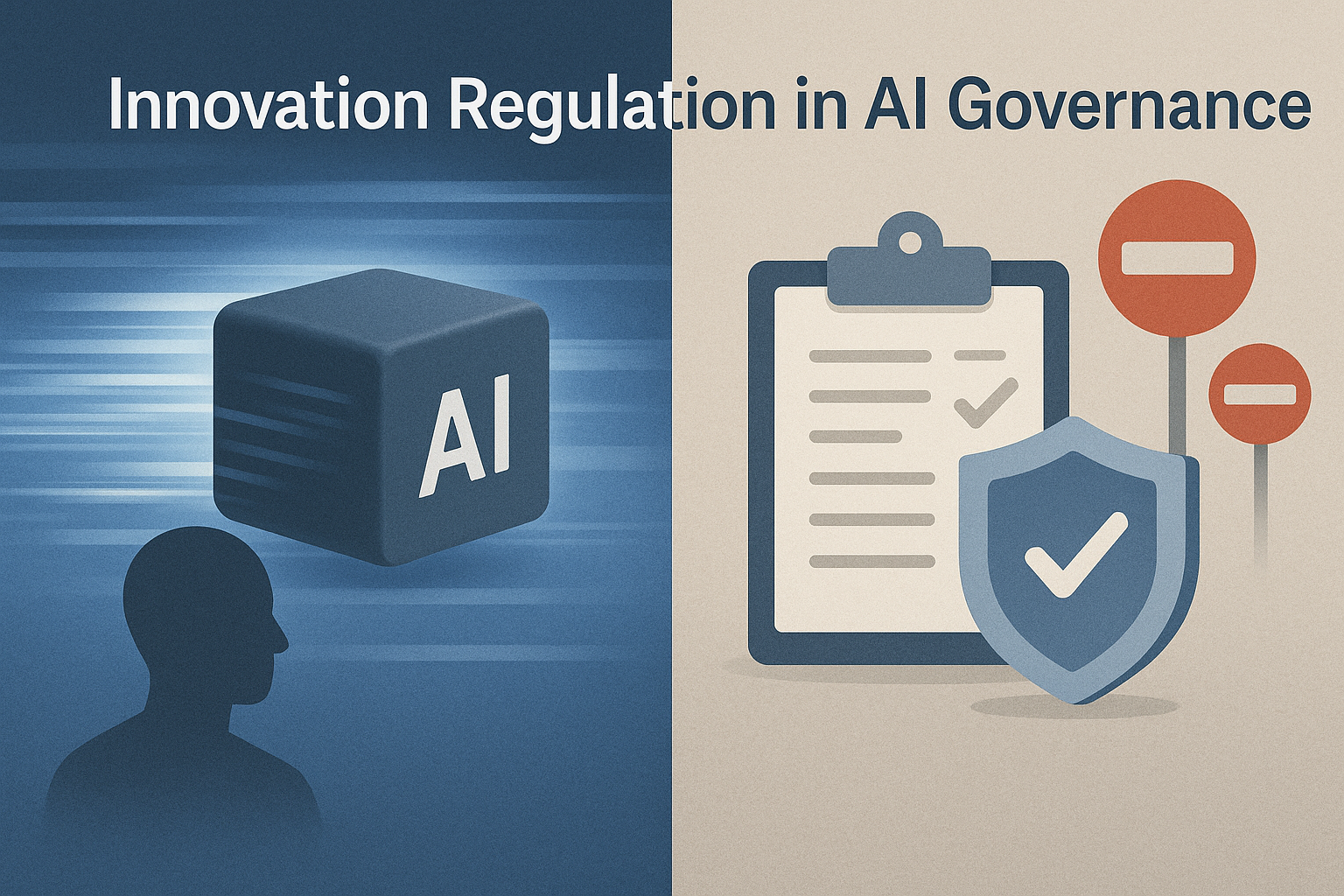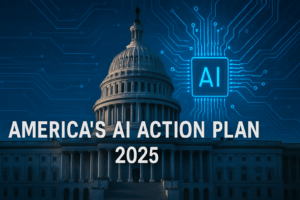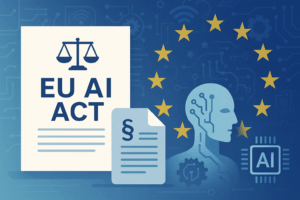In the fast-moving world of artificial intelligence, technology evolves at a pace that often leaves governance teams struggling to keep up. While speed is essential for competitive advantage, regulation demands caution, documentation, and accountability. This creates a tension at the heart of AI development known as the Innovation Regulation Paradox.
This article concludes our series on key AI governance paradoxes. Previous installments explored the Transparency Paradox, the Autonomy Accountability Paradox, the Global Local Regulatory Paradox, and the Data Paradox. Together, they reveal the complex landscape AI governance professionals must navigate. Here, we focus on the friction between the drive to innovate and the weight of compliance.
Understanding the Innovation Regulation Paradox
To succeed in today’s market, organizations must bring new AI products and features to life quickly. Speed to market can define industry leaders. But regulatory frameworks are intentionally slower and more methodical. They require impact assessments, explainability documentation, and risk mitigation before deployment.
The paradox becomes clear when innovation timelines collide with governance protocols. Teams eager to release AI applications may face delays due to required audits or unclear regulatory guidelines. In some cases, systems that are technically ready are held back for months while compliance concerns are addressed.
For example, AI-driven tools in healthcare, finance, or employment may be delayed to complete risk assessments or fairness evaluations. These steps are critical for safety and ethical responsibility but can frustrate product development timelines.
Why This Paradox Matters in AI Governance
The tension between speed and safety has serious implications for governance strategy. If compliance becomes a bottleneck, companies lose their ability to move fast, adapt to change, or compete effectively. Delays can lead to lost revenue, missed partnerships, or reduced user trust.
Regulatory uncertainty only adds to the challenge. Without clear guidance, teams may take a cautious approach, scaling back innovation to avoid penalties. This leads to under-utilization of safe AI capabilities or hesitance to explore new applications. In effect, the fear of non-compliance becomes a barrier to responsible experimentation.
Smaller companies feel this paradox most acutely. With limited resources, they may struggle to implement comprehensive governance programs. Building an ethics review process, documenting model design, or preparing for audits often requires expertise and funding that early-stage businesses simply don’t have.
Legal and Business Tensions in AI Deployment
Compliance requirements are growing more rigorous. High-risk AI applications, especially under the EU AI Act, must undergo impact assessments, transparency checks, and third-party audits. Each of these steps demands time, specialized staff, and coordination across teams.
This creates pressure in both directions. Legal and compliance teams call for caution and documentation, while product teams push for faster releases. In some organizations, the result is over-compliance—an overly cautious governance approach that blocks innovation, even when risks are low or manageable.
At the same time, fear of enforcement action can paralyze experimentation. If rules are unclear or evolving, teams may hesitate to explore new use cases. This conservatism slows progress and stifles potentially beneficial AI systems that could meet safety standards with the right support.
Strategies to Navigate the Innovation Regulation Paradox
Organizations can respond to this paradox by embedding governance into the innovation lifecycle itself. Rather than treating compliance as a final checkpoint, it should become a continuous process aligned with product development.
Regulatory sandboxes offer one solution. These supervised environments allow companies to test new AI systems in controlled settings while engaging directly with regulators. This enables innovation under oversight, with the flexibility to adapt before public release.
Another key strategy is to design tiered governance models. High-risk applications should go through full compliance workflows, including risk assessments and audits. Lower-risk projects can follow lighter processes that still ensure accountability without excessive delay.
Teams can also use open governance frameworks, such as the NIST AI Risk Management Framework, to guide internal practices. These provide structure and clarity without imposing rigid rules, helping organizations align innovation with legal and ethical expectations.
What Regulators Expect from Responsible Innovators
Regulators are not opposed to innovation. In fact, they encourage it—when done responsibly. What they want is evidence that companies are acting in good faith, applying risk-based thinking, and integrating fairness, transparency, and accountability into their processes.
Organizations are expected to identify risks early, document decisions, and justify their approaches to model development and deployment. Voluntary standards and independent testing are often encouraged as signs of mature governance.
The message from regulators is clear: they will support companies that demonstrate responsible development. This includes using available frameworks, being transparent about limitations, and engaging with oversight bodies proactively. These expectations are also reflected in certification programmes such as the IAPP’s AIGP. The AIGP Prep Suite 2025 Edition offers comprehensive training on risk-based AI development, regulatory engagement, and responsible innovation strategies.
Designing Innovation Pipelines with Built-In Governance
One of the most effective ways to overcome the Innovation Regulation Paradox is to redesign the innovation process itself. Governance should not slow teams down—it should guide and support them.
Aligning ethics reviews with product design sprints ensures that risk considerations are addressed early. Teams can flag potential concerns before models are built, saving time and avoiding late-stage rework.
Automation also plays a role. Governance tasks such as documentation, impact screening, and workflow tracking can be automated to reduce overhead. This frees up time for higher-value tasks and keeps projects on track.
Cross-functional collaboration is essential. Legal, compliance, product, and technical teams should work together from the beginning. This shared approach fosters alignment and reduces conflict between innovation goals and regulatory obligations.
Conclusion
The Innovation Regulation Paradox is not a reason to avoid governance—it’s a call to rethink how governance is done. AI innovation can move fast, but only when supported by structures that are agile, scalable, and embedded in every stage of development.
By building governance into product pipelines, engaging with regulators, and applying proportional compliance models, organizations can strike the balance between speed and safety. This is how future-ready innovation is achieved—by ensuring that responsibility keeps pace with progress.
With this article, we close our series on AI governance paradoxes. From transparency and autonomy to data constraints and global fragmentation, each paradox reveals the complexity of governing AI responsibly. Together, they point toward a core truth: smart governance is not just about control. It’s about enabling innovation with integrity.






